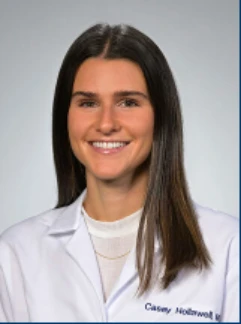3247 - Improving the Workflow and Rate of Scheduled Follow-up Visits within a Radiation Oncology Department
Presenter(s)

C. Hollawell1, M. Chelius1, E. Davis1, S. Haines1, J. Millar2, E. Volz1, P. Tripp1, S. Nagda1, and S. McCloud1; 1Department of Radiation Oncology, University of Pennsylvania, Philadelphia, PA, 2University of Pennsylvania, Philadelpia, PA
Purpose/Objective(s): In a high-volume Radiation Oncology department, patients can be lost to follow up. This can lead to missed or delayed detection of cancer progression or treatable toxicities. Manual scheduling via chart routing is error prone and time intensive for providers and office staff. A scheduling WorkQueue (WQ) is a simple tool embedded within a health care software electronic medical record (EMR) that allows for movement of patients into a queue to be scheduled for additional appointments at the request of a provider. The goal of the WQ is to streamline appointment scheduling and improve the rate of scheduled appointments for patients requiring follow up.
Materials/Methods: To determine a baseline state, 439 patients who were seen for a radiation oncology consult or follow up appointment were collected over a 90-day period using a WorkBench reporting tool. 386 required a follow up appointment. Manual chart review was performed to determine whether follow up was scheduled. Thirty-five (9%) patients requiring follow up were not scheduled. We educated providers and administrators on the use of the WQ. We developed a workflow that utilizes the “wrap-up” feature in health care software to input follow up interval and additional studies. This process automates patient placement into the queue. From there, schedulers have access to the queue, including provider follow up instructions, and can schedule patients accordingly. Post-implementation data was collected and is reported via descriptive statistics.
Results: Following the implementation of the WQ, patient follow up data were collected over a subsequent 90-day period. 425 patients requiring follow up were analyzed over this time course. At the time of data collection, 392 had been appropriately scheduled for follow up, presumably via the WQ tool. Of the remaining 33 patients, 26 were appropriately in the queue awaiting scheduling, 5 were categorized as other, and 2 were to follow up PRN and therefore not sent to the WQ. Examples of conditions within “other” category included follow up at a different institutional location, follow up via a simulation appointment, or patient death, suggesting that these patients appropriately were not moved to the WQ. Overall, 418 patients (98%) were scheduled or properly accounted for and awaiting scheduling in the WQ. Notably, the remaining 7 patients (2%) were to follow up PRN or were categorized as other.
Conclusion: Based on the improvement in follow up appointment scheduling, we have demonstrated that the WQ has streamlined the outpatient scheduling process for providers and office staff and improved patient scheduling rates. Future directions include implementing this software at all institutional locations.
